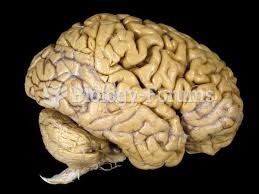Answer to Question 1
International human resource management is usually more complex than domestic human resource management. Following are six factors that drive this complexity:
1. New HR responsibilities. IHRM managers encounter numerous factors not necessarily present at home, including foreign taxation issues for expatriates, international relocation and orientation, expatriate support, host government relations, language translation services, and repatriation (returning the expatriate to his or her home country).
2. Need for a broader, international perspective. Management must account for all its PCNs, HCNs, and TCNs, who may be nationals of numerous countries. In an emerging market, such as Vietnam, compensation may need to include allowances for housing, education, and other facilities not readily available there. Large MNEs are often challenged by the need to establish a fair and comparable compensation scale for employees, regardless of nationality.
3. Greater involvement in employees' personal lives. Human resource professionals help expatriates and their families with housing arrangements, health care, children's schooling, safety, and security, as well as appropriate compensation given higher living costs in some foreign locations.
4. Managing the mix of expatriates versus locals. Foreign subsidiaries may be staffed from the home country, the host country, and/or third countries. The mix of staff depends on several factors, including the firm's level of international experience, cost of living in the foreign location, and availability of qualified local staff.
5. Greater risk exposure. Employee productivity, labor union activism, employee turnover, and other human resource phenomena are often more pronounced abroad. Exposure to political risk and terrorism are major concerns for IHRM professionals and may require greater compensation and security arrangements for employees and their families.
6. External influences of the government and national culture. Employees must be hired, evaluated, and compensated in ways consistent with country and regional customs and regulations. Laws govern work hours, the firm's ability to dismiss or lay off employees, and severance pay.
Answer to Question 2
D







